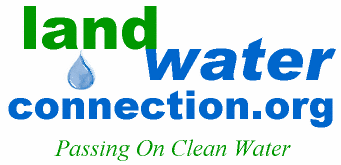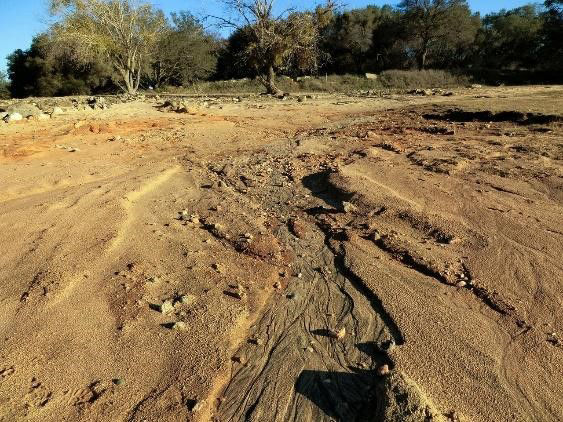
SOIL EROSION

SOIL EROSION
Soil erosion is when bare, unprotected soil is washed away by rain or wind. Sometimes, particularly in populated areas, soil has harmful substances bound to it. Soil erosion carries unwanted toxins, chemicals, nutrients and bacteria from the land into nearby water systems, where it harms water quality and changes underwater ecosystems. Sedimentation, or soil erosion that settles underwater, represents the largest volume of non-point source pollution nationwide.
How You Can Help
1. Plant Things! Do not leave soil bare or uncovered. If you live next to a water body, allow plants to grow next to its shores. Check local town regulations for the depth of a riparian buffer. Typically you should have 50 feet of vegetative buffer. If you’re planting to rebuild a vegetated buffer, choose species that are native to Rhode Island.
2. Control soil in a construction zone by putting up silt fencing or hay bales.
3. Prevent Erosion on Your Farm by planting cover crops, reducing tillage, contour farming (plant crops in rows that follow the contour lines of the field, not in straight rows), setting windbreakers, and implementing stormwater management systems on the property (see our Storm Water page for more information). If you’re a farmer with an erosion problem, call Northern RI Conservation District if you’d like to learn about federal programs that may be able to help.
4. Talk to your neighbors about the importance of allowing plants to go grow next to shorelines.
Where To Learn More
"Reduce Soil Erosion. Keep it Planted and Mulched”
Click Here >
“Buffer Strips: Common Sense Conservation”
Click Here >

Soil Erosion
Design your own site - Visit site